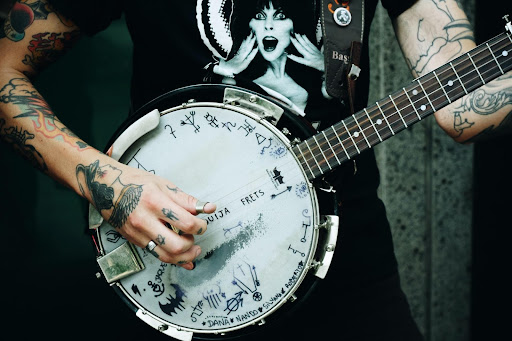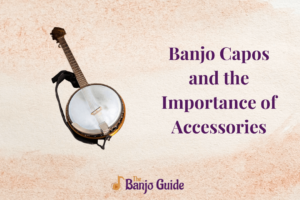Every banjo player understands the importance of picks. It not only makes it easier to strum the chords of a banjo but also helps in getting the sound you are looking for. While you choose the best banjo picks, learn about the different types of banjo picks and when to use them.
The Types Of Banjo Picks
Banjo picks are of two types:
- A thumb pick which is made of plastic and
- Finger picks which are made of metal
When To Use A Banjo Pick
Thumb picks which are made of plastic are more used when you are trying to play the banjo with a three-finger style. Unlike metals, plastic pick brings a mellow sound to the music. Metal thumb picks are preferred when you are playing loud music such as rock or even classic where sharp sounds are required in the progression of the music. There is another aspect to picks as well. There is the short pick and the long pick.
Beginners basically use the short pricks because it helps them to get accustomed to the strings and gets them the feel of the instrument too. Whereas professionals or seasoned banjo players use the long picks because they have more control over the strings and so, it allows them to bring out the tone they want.
Generally, the finger picks are made of different metals including silver, nickel, copper, stainless steel, brass, plastic, cobalt to many more. These are used based on the music you are playing. If you are looking for a warm or smooth sound then nickel and brass picks are used. Stainless steel and nickel picks are used when you want the sound to be loud, crisp, and bright.
Although cobalt picks are a little costly but they give a smooth tone and are used for soft sounds. The advantage of using a cobalt pick is that it cuts down on the scratchier tone that comes with other metal picks. There are two different gauges to pick too. One is a lighter gauge and other the other is heavy. The light gauge weighs .013 whereas a heavy gauge weighs 0.25.
The heavier gauge makes the sound more durable and loud but also less adjustable too. This is why seasoned banjo players use it. The lighter gauge is easy to play with and makes the sound brighter and thinner giving more comfort.

I own a music instruments shop. My go to instrument is a banjo. My business makes it easier for me to access the instruments from various brands and of various types. I will give my honest opinion here to help out others in choosing the right instrument for them.




